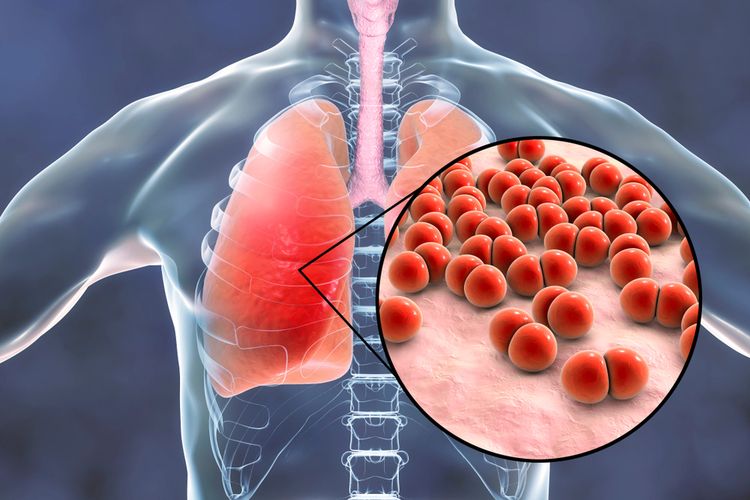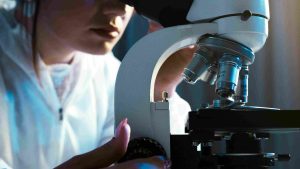Acute Respiratory Distress Syndrome (ARDS) is the most common complication of COVID-19 (60- 70% of patients admitted to the ICU), followed by shock (30%), myocardial dysfunction (20-30%), and acute kidney injury (10-30%) (2). An initial study in China reported that ARDS in COVID-19 had a 28-day mortality rate of 74%.
Surfactant Protein-D (SP-D) is a biomarker of lung epithelial injury, which is produced by type-II alveolar cells and plays an important role in maintaining the integrity of the alveolar-capillary interface. The mechanism of SP-D in the alveolar entering the circulation system is not fully understood, but Hart et al. suggested that in inflammatory conditions, such as ARDS, increased alveolar-capillary permeability may lead to leakage of alveolar SP-D into the systemic circulation. SP-D is also thought to be a more specific marker for lung damage, so it can be used as a marker of early lung injury.
Several studies on SP-D have been conducted. One of them is a 2009 study by Delgado et al. that aimed to determine the correlation between SP-D and mortality in H1N1 virus infection. The results showed that higher SP-D serum levels were associated with the risk of death in patients with H1N1 pneumonia. SP-D, as a pulmonary epithelial maker, has been shown to be a prognostic biomarker that can predict the outcome of H1N1 virus infection and in non-COVID-19 cases, but there are not many studies about the role of SP-D in COVID-19.
The purpose of this study was to analyze the correlation between SP-D serum levels with ARDS severity and mortality in COVID-19 cases.
This was a prospective cohort research study that included 76 patients. The study was performed in the COVID-19 isolation ward and ICU at Dr Soetomo Surabaya Hospital, in the period from July to October 2020, and was approved by the Ethics Committee of Dr Soetomo Surabaya Hospital. All patients who met the inclusion and exclusion criteria were included in the study sample until the minimum number of samples was met. The inclusion criteria were: confirmed diagnosis of COVID-19 and age 18 years old or above. The exclusion criteria were: patients with COPD, asthma, and tuberculosis infection; patients with an autoimmune disease, immunocompromised or those taking immunosuppressant drugs; and patients with malignancy or receiving chemotherapy treatment. The patients underwent a COVID-19 test, blood gas analysis, and SP-D serum levels upon hospital admission.
In this study, the overall mean SP-D serum level was lower than the mean value of SP-D in the H1N1 cases (39.33 ng/mL vs 434.5 ng/mL). The results of our study showing that there was a significant correlation between SP-D serum levels and the severity of ARDS, but with weak correlation strength, are slightly different from the research by Kerget et al. and Saito et al. This may be due to differences in the characteristics of the study subjects (especially the type of race and comorbidities), and the day of SP-D serum collection. The analysis results of this study showed that there was no significant correlation between SP-D serum levels on day 0 with mortality. From this study, it can be concluded that SP-D serum levels had a significant and weak correlation strength with ARDS severity, but not a significant correlation with mortality.
Authors: Dr. Anna Surgean Veterini, dr., Sp.An.KIC
More information:
http://www.ama.ba/index.php/ama/article/view/485/pdf
Agustama A, Surgean Veterini A, Utariani A. Correlation of Surfactant Protein-D (SP-D) Serum Levels with ARDS Severity and Mortality in Covid-19 Patients in Indonesia. Acta Med Acad. 2022 Apr;51(1):21-28. doi: 10.5644/ama2006-124.366. PMID: 35695399.









